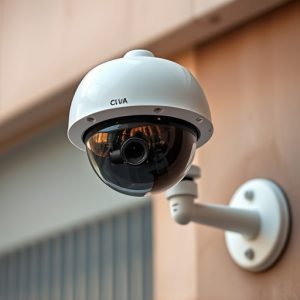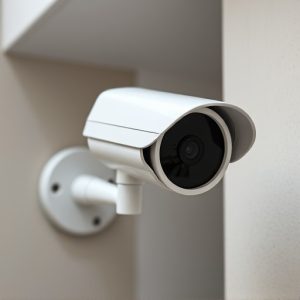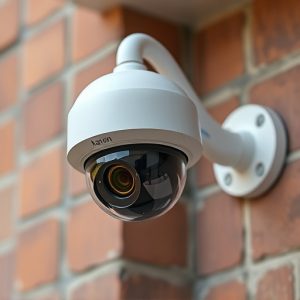Maximizing Crime Deterrence: Dummy Camera Housing Alternatives
Dummy security cameras, though visually intimidating, have limited crime-deterrent capabilities. Whi…….
Dummy security cameras, though visually intimidating, have limited crime-deterrent capabilities. While their realistic appearance may discourage minor offenses like vandalism, they lack active surveillance and real-time response mechanisms. Recent advancements, such as weatherproof designs, motion sensors, and AI integration, improve their effectiveness, but the question of whether these "smart" decoys truly deter serious crimes remains.
Security cameras are essential tools for crime deterrence, but their effectiveness often relies on realistic appearances. This article delves into the world of dummy security camera housings and their role in enhancing home and business security. We explore how these devices mislead potential criminals, understanding their limitations and common issues that arise from using outdated models. Additionally, we present innovative alternatives to traditional dummy housing for a more robust security system, ensuring peace of mind in today’s digital era.
Learn how to effectively utilize these tools to deter crime and protect your valuable assets.
- Understanding Dummy Security Cameras and Their Role in Crime Deterrence
- The Limitations of Dummy Camera Housings and Common Issues
- Alternatives to Traditional Dummy Housing for Enhanced Security Measures
Understanding Dummy Security Cameras and Their Role in Crime Deterrence
Dummy security cameras, also known as fake or decoy cameras, are an effective tool in crime deterrence. They serve as a visual reminder to potential criminals that they are being watched, even if they are not actively recording video. The presence of these realistic-looking but functional dummy housing devices can significantly alter criminal behavior, often leading to increased security and reduced rates of illegal activity.
These cameras play a crucial role in urban areas, businesses, and residential neighborhoods. By strategically placing them at entry points, parking lots, and high-risk zones, property owners and law enforcement agencies can create an environment that discourages criminal behavior. The psychological impact of knowing that surveillance is present is often enough to prevent potential criminals from attempting any illegal acts. This strategy has been proven effective in reducing vandalism, theft, and other property crimes, making them valuable assets for maintaining safety and security.
The Limitations of Dummy Camera Housings and Common Issues
While dummy security camera housings may seem like an effective deterrent for potential criminals, they come with several limitations. Unlike real cameras, these dummies offer no active surveillance or immediate response to suspicious activity. This can lead to false assumptions of enhanced security when in reality, it only provides a visual barrier.
Common issues include easy disruption or theft of the dummy units, weather exposure causing damage or degradation over time, and the lack of actual camera presence making them ineffective deterrents for serious crimes. Moreover, some criminals may even become accustomed to the sight of dummy cameras, rendering them useless as a security measure. In terms of crime prevention, dummy cameras have limited impact, as they don’t provide real-time monitoring or evidence collection capabilities.
Alternatives to Traditional Dummy Housing for Enhanced Security Measures
In recent years, traditional dummy security camera housing has evolved beyond simple aesthetics to incorporate advanced technological solutions. While static and often easily recognizable, modern alternatives offer a more dynamic approach to deterring crime. These innovative designs include weatherproof, remote-controlled mock cameras that can pan, tilt, and zoom (PTZ) to monitor a broader area effectively. Some models even feature LED flashlights for enhanced night vision, further improving their deterrent capabilities.
Furthermore, smart dummy cameras integrated with motion sensors and advanced AI algorithms can detect suspicious activities and alert users in real-time. Unlike static housing, these dynamic alternatives provide a more comprehensive security solution, not just a visual deterrent. By combining realism with cutting-edge technology, they offer a sophisticated layer of protection for homes, businesses, and public spaces, ensuring better security without compromising aesthetics.
While dummy security cameras have been long relied upon as a visual deterrent, their effectiveness is limited by the fragility of their housing. This article has explored the role of these decoys in crime prevention and highlighted common issues with traditional dummy housing. By examining alternative solutions, from robust mock camera housings to advanced surveillance technologies, we can enhance security measures beyond reliance on appearance alone. Ultimately, a multi-faceted approach combining physical deterrents and technological advancements holds the key to achieving more secure environments. Do Dummy Security Cameras Deter Crime? While their impact is debatable, exploring durable alternatives ensures a more comprehensive and effective security strategy.


